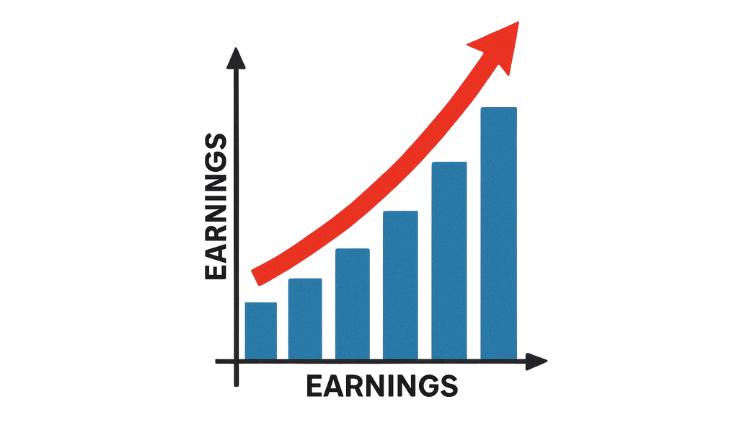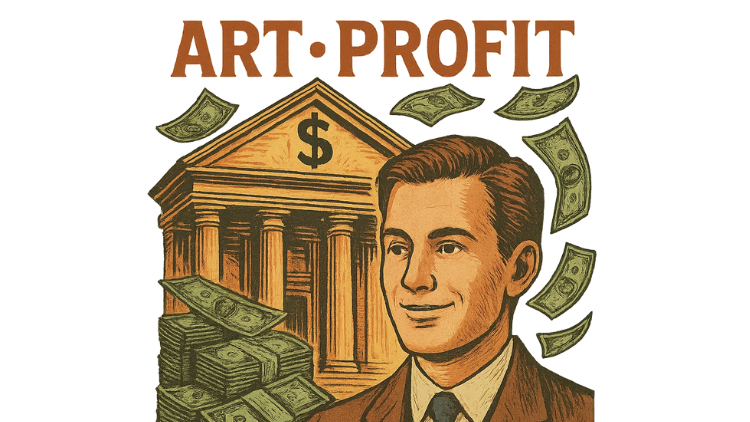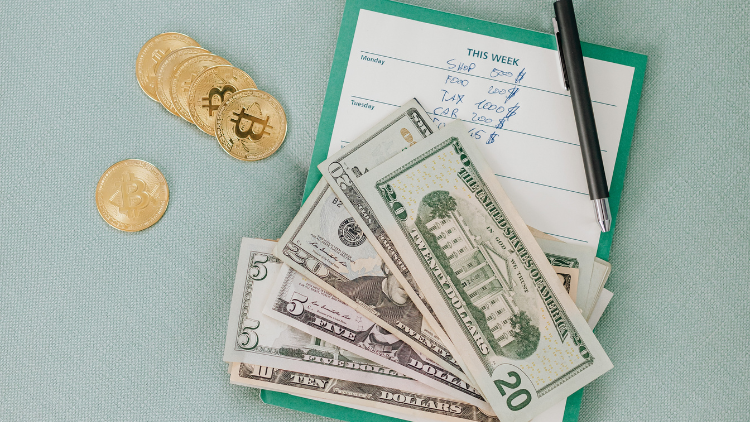In the world of credit cards, the welcome bonus—often called a sign-up bonus—is the undisputed king.
It’s the single most valuable perk you can get, offering a massive infusion of cash back or travel points that would take months or even years to earn through normal spending.
Think of it as a powerful head start toward your next vacation, a new laptop, or simply extra cash in your pocket.

Earning one of these lucrative bonuses, often worth $500 or more, isn’t about luck.
It’s about strategy.
This playbook will teach you the art of the welcome bonus: how to choose the right card, how to meet the spending requirements without changing your lifestyle, and how to do it all responsibly.
What is a Welcome Bonus? (And What’s the Catch?)
A welcome bonus is a one-time reward offered to new cardholders. The “catch” is that you don’t get it just for opening the account. You have to earn it by meeting two specific conditions:
- The Minimum Spend Requirement (MSR): The specific amount of money you must spend on the card. This typically ranges from $500 for beginner cards to $4,000 or more for premium travel cards.
- The Timeframe: The deadline by which you must meet the MSR, which is almost always three months (90 days) from your account approval date.
This brings us to the golden rule of welcome bonuses: If you cannot comfortably meet the minimum spend with your normal, budgeted expenses, it’s not the right card or the right time. The goal is to get a massive return on the spending you were going to do anyway, not to go into debt for the sake of a bonus.

Cards That Offer $500+ Welcome Bonuses (September 2025)
To earn a bonus of this size, you’ll typically need to look at top-tier travel cards or premium cash back cards. You will also need a good to excellent credit score (generally 670+) to be approved.
- Top Pick for Travel Value: Chase Sapphire Preferred® Card
- The Bonus: A typical offer is 60,000 Ultimate Rewards® points after spending $4,000 in the first 3 months.
- The Value: Those 60,000 points are worth a minimum of $600 as cash back. However, they become worth $750 when you redeem them for travel through the Chase portal. And if you transfer them to a travel partner like Hyatt, their value could be even higher. This one bonus can easily pay for a round-trip flight or several nights in a hotel.
- Top Pick for Business Owners: Chase Ink Business Cash® Credit Card
- The Bonus: A typical offer is $750 bonus cash back (75,000 points) after you spend $6,000 on purchases in the first 3 months.
- The Value: For a small business owner or sole proprietor with regular expenses, this is one of the most lucrative cash back bonuses available, and the card has no annual fee.
The Art: 7 Smart Strategies to Meet the Minimum Spend

Meeting a $4,000 spending requirement in three months can sound daunting, but it’s very achievable if you strategically channel your existing expenses.
- Time Your Application. Plan to apply for the card right before you need to make a large, budgeted purchase, like new tires for your car, a new laptop, or home repairs.
- Channel All Your Monthly Bills. Reroute every possible bill to your new card for the first three months: cell phone, car insurance, internet, streaming services (Netflix, Spotify), gym memberships, etc.
- Prepay Future Expenses. If you’re getting close to the deadline, consider prepaying some bills. You can often pay your car insurance or cell phone bill 3-6 months in advance.
- Pay Your Rent or Mortgage (Carefully). Services exist that allow you to pay rent or even your mortgage with a credit card. Warning: These services charge a processing fee (usually around 3%). This is only a good idea if you are a few hundred dollars short of meeting a very valuable bonus, where the bonus value far outweighs the fee.
- Be the “Group Dinner” Hero. When you go out with friends, offer to put the entire bill on your card and have everyone instantly pay you back their share via Venmo or Zelle.
- Reload Your Balances. For services you use constantly, reload your account balance. Think about your Amazon gift card balance, Starbucks app, or public transit card.
- Pay Your Federal Taxes. The IRS allows you to pay your taxes with a credit card through third-party processors for a fee of around 2%. For a large tax bill, this can be an easy way to meet a spend requirement instantly.

The Rules of the Game: What to Know Before You Apply
- The Clock Starts at Approval. The 3-month timeframe starts the moment you are approved for the card, not when you receive it in the mail.
- Some Purchases Don’t Count. Cash advances, balance transfers, and the card’s annual fee do not count toward the MSR.
- Know the Issuer’s Rules. Some banks have specific application rules. The most well-known is the Chase 5/24 Rule, where Chase will likely deny your application if you have opened five or more personal credit cards (from any bank) in the last 24 months.
- Track Everything. Mark the deadline on your calendar and keep a running tally of your spending to ensure you hit the target.
Welcome bonuses are a phenomenal opportunity for anyone with good credit and disciplined financial habits. The art is not in spending more money, but in strategically directing the money you’re already spending to earn an incredible reward.
Frequently Asked Questions (FAQ)
How long does it take to get the bonus after I meet the spend? Once you cross the spending threshold, the bonus points or cash back will typically post to your account within one to two billing cycles.

Will applying for a new card hurt my credit score? You will see a small, temporary dip in your score from the hard inquiry when you apply. This is a normal part of using and building credit. For a full explanation, you can read this guide from the Consumer Financial Protection Bureau (CFPB).
WalletAware shares education, not individualized financial advice. Always confirm current terms on the issuer’s site before applying.